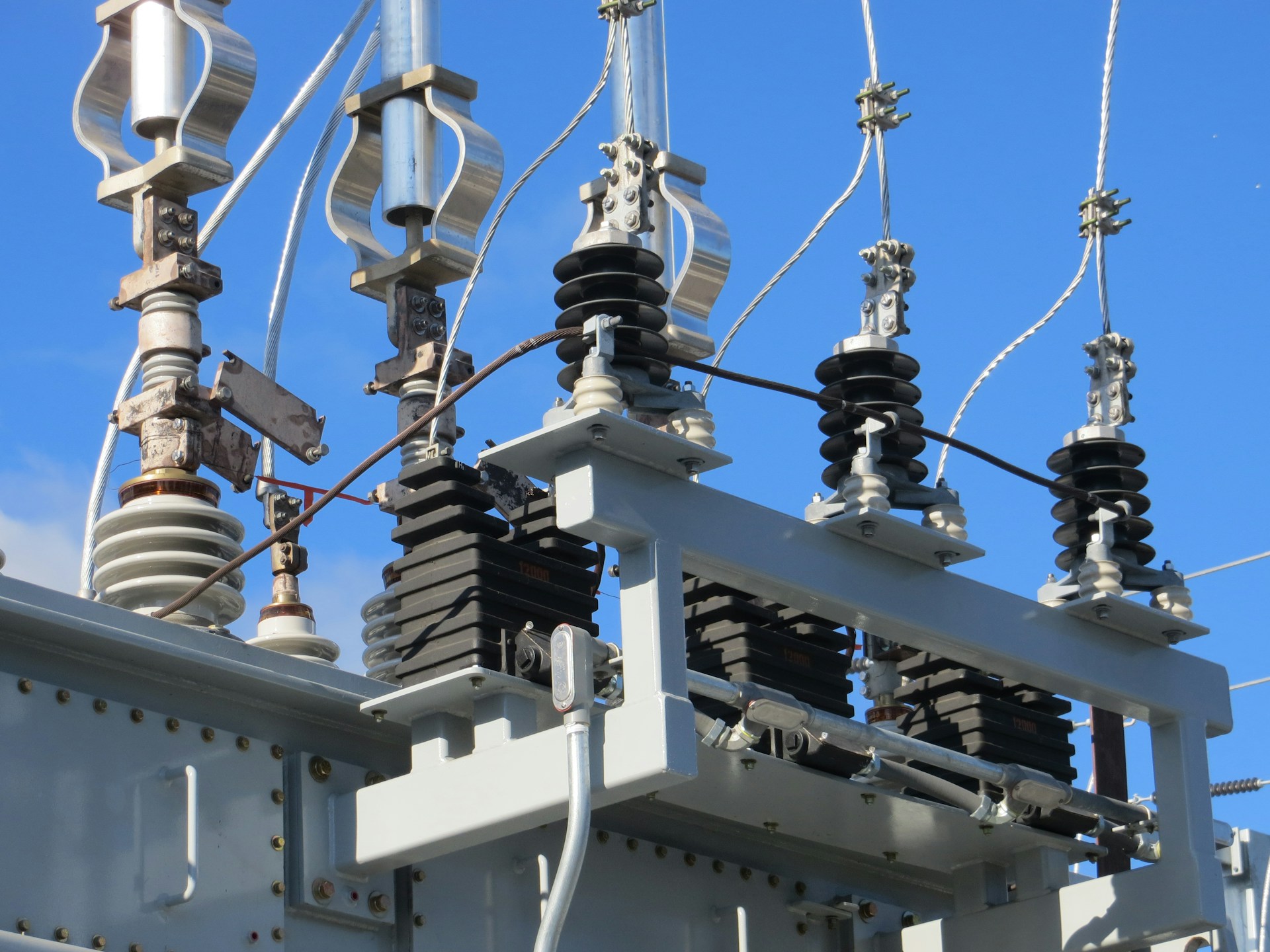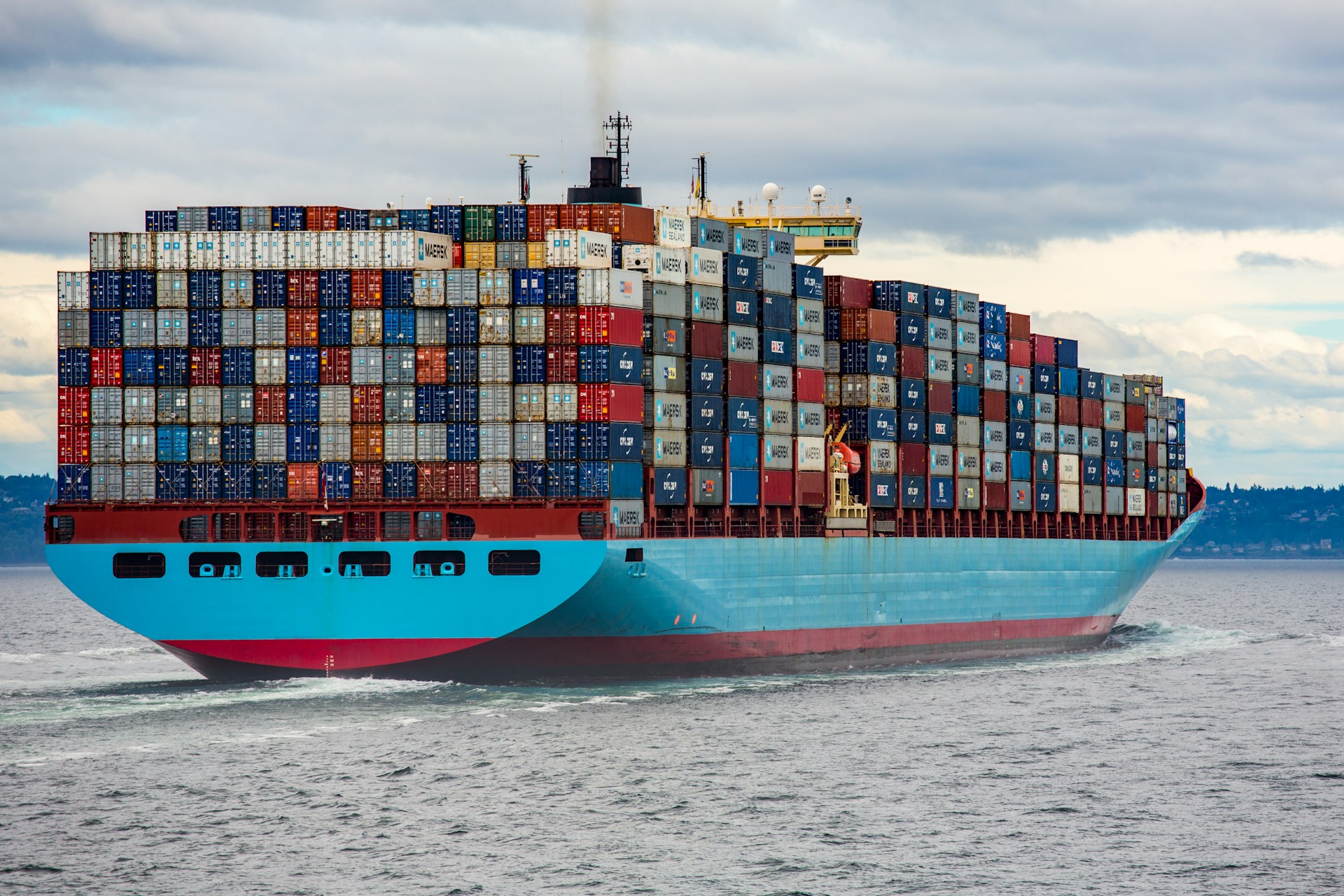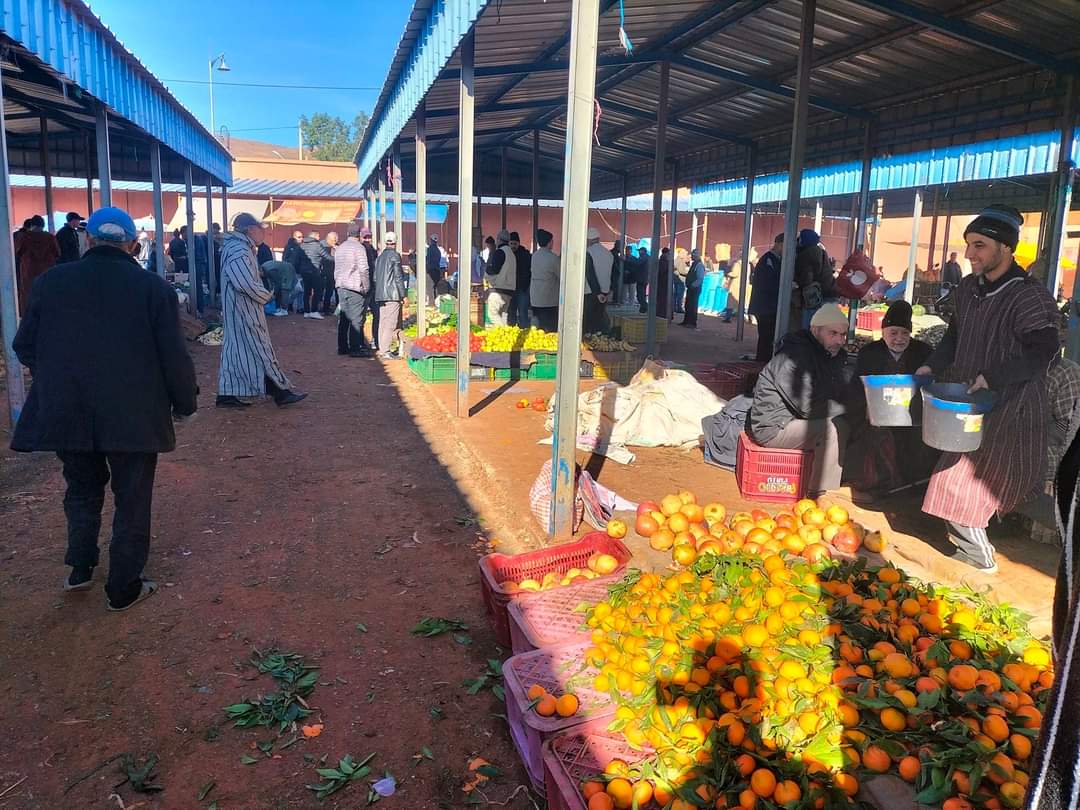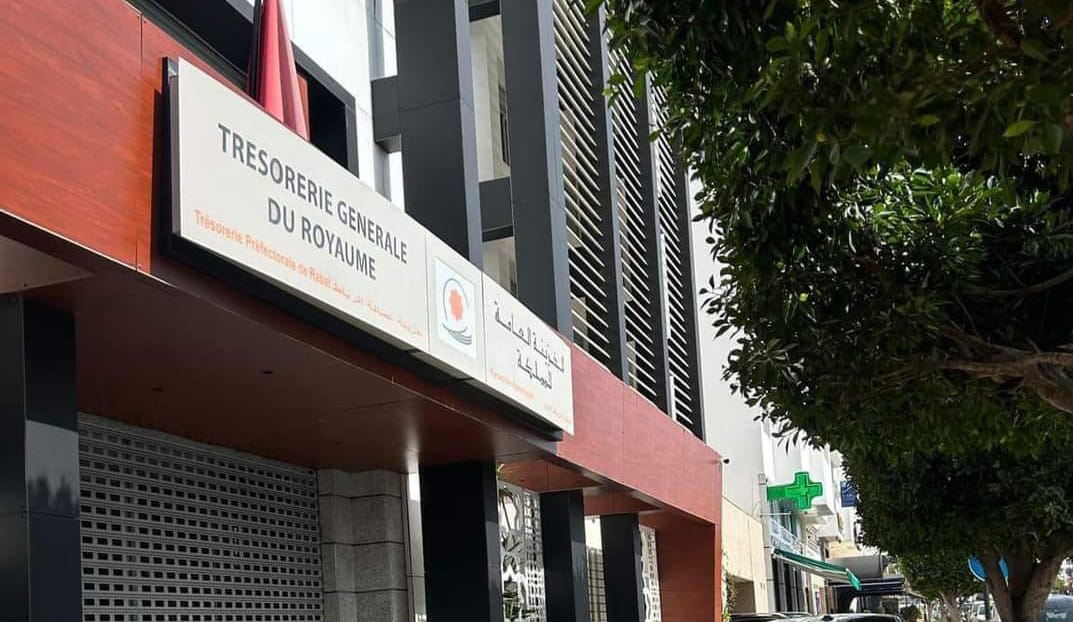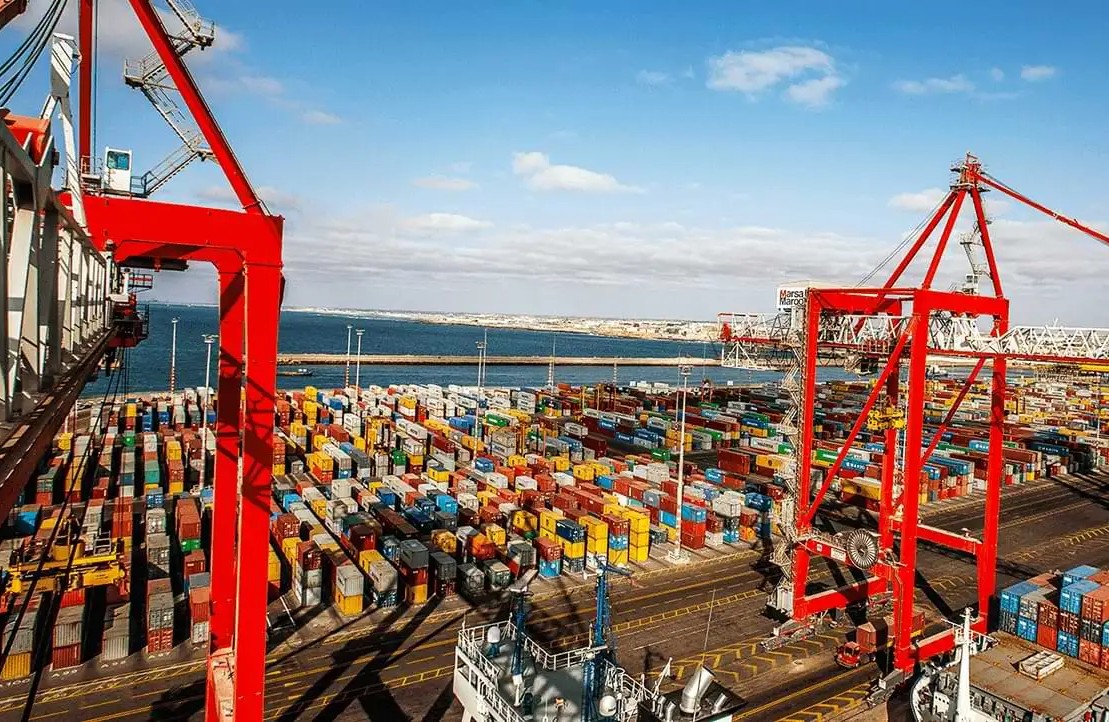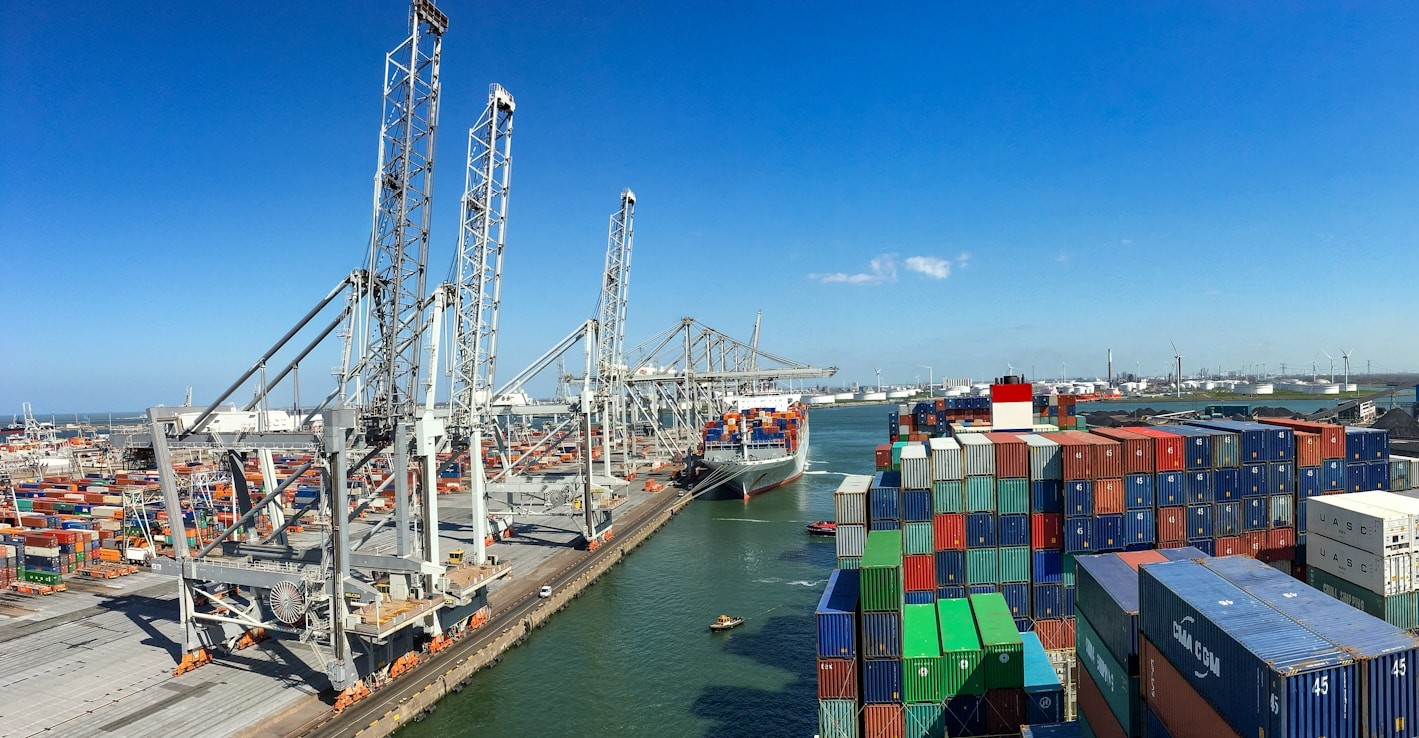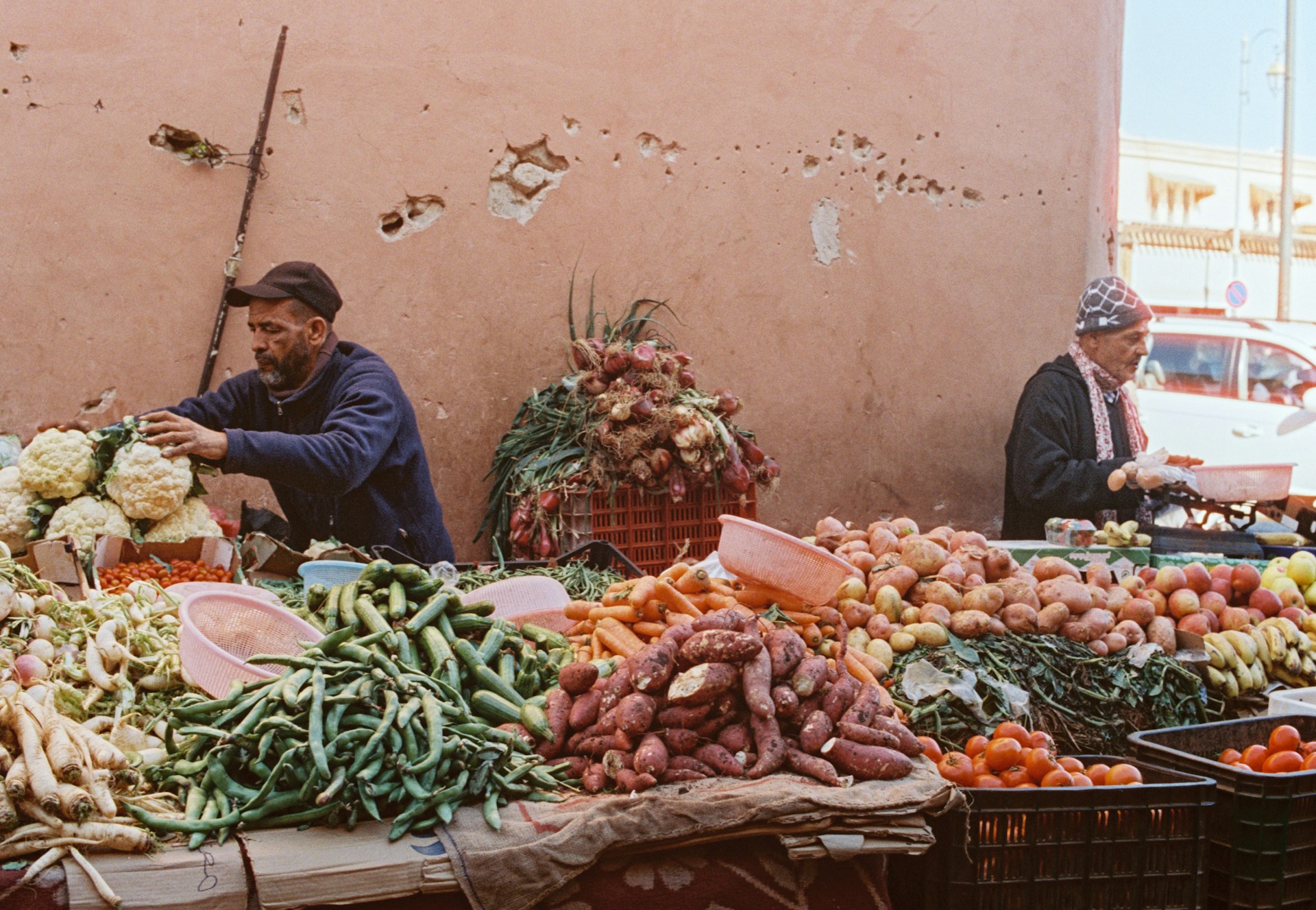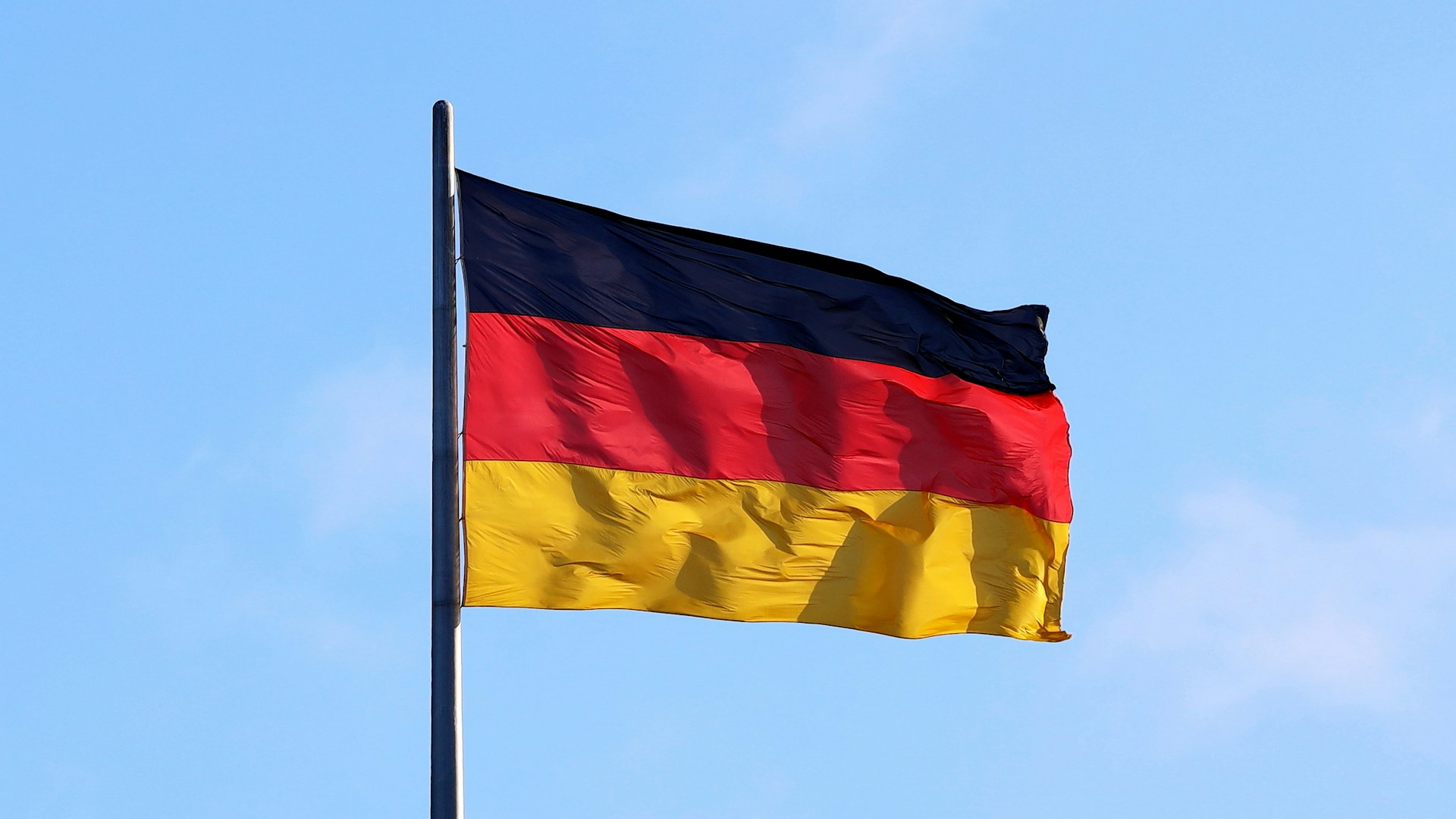Casablanca – Morocco is poised to maintain a stable economic trajectory over the next two years, with growth projections of 3.9% in 2025 and 3.7% in 2026, according to the latest World Economic Outlook report released by the International Monetary Fund (IMF). These figures signal a resilient recovery for the North African nation despite ongoing regional economic volatility.
The new forecasts were unveiled as part of the IMF and World Bank Spring Meetings taking place in Washington from April 21 to 26. The IMF’s assessment reflects cautious optimism regarding Morocco’s economic fundamentals, bolstered by ongoing reforms, improved macroeconomic stability, and a diversified economic base.
Moderate inflation and improved employment prospects
According to the IMF report, Morocco is expected to maintain moderate inflation levels, with rates projected at 2.2% in 2025 and slightly rising to 2.3% in 2026. This relatively low inflation outlook reflects successful monetary policy measures by the central bank, which has managed to keep price pressures under control despite global inflationary trends.
The labor market, though still facing challenges, is showing signs of gradual improvement. Unemployment, which stood at 13.3% in 2024, is projected to decline modestly to 13.2% in 2025 and further to 12.9% in 2026. This decline, while modest, indicates that Morocco’s economic growth is slowly translating into job creation, a critical need in a country where youth unemployment remains a pressing issue.
External balances and fiscal outlook
On the external front, the IMF projects Morocco’s current account deficit will remain relatively contained, at -2.0% of GDP in 2025 and -2.2% in 2026. This suggests a balanced external position supported by strong export performance, particularly in the automotive, agriculture, and phosphate sectors, along with a steady inflow of remittances from the Moroccan diaspora.
While Morocco has made significant strides in fiscal consolidation in recent years, the IMF’s projections highlight the continued need for careful management of public finances. The government’s efforts to reduce subsidies, improve tax collection, and boost public investment in infrastructure and social services are expected to play a key role in sustaining long-term economic resilience.
Regional context: Slower growth across MENA
The IMF also updated its outlook for the broader Middle East and North Africa (MENA) region. Regional growth, which was estimated at 1.8% in 2024, is expected to rise to 2.6% in 2025 and 3.4% in 2026. However, these figures represent a downward revision from previous estimates issued in October 2024, when the Fund anticipated growth rates of 2.1% for 2024 and 4.0% for 2025.
The revised forecast reflects a combination of factors including geopolitical tensions, fluctuating oil prices, and slower-than-expected progress in structural reforms in several MENA countries. In contrast, Morocco’s diversified economy and relative political stability position it as one of the more promising performers in the region.
Outlook and challenges ahead
Despite the positive outlook, Morocco faces several medium-term challenges. These include reducing the high unemployment rate, particularly among youth and graduates, enhancing education and healthcare systems, addressing regional disparities, and adapting to the impacts of climate change, especially in the agriculture-dependent rural areas.
Nonetheless, the IMF’s latest figures indicate that Morocco is on a stable growth path. Continued policy reform, investment in human capital, and efforts to strengthen governance and the business climate will be key to ensuring that economic growth becomes more inclusive and sustainable in the years ahead.
As global economic uncertainty persists, Morocco’s ability to maintain macroeconomic stability and implement forward-looking policies will determine its capacity to capitalize on growth opportunities and reinforce its position as a rising economic power in North Africa.





